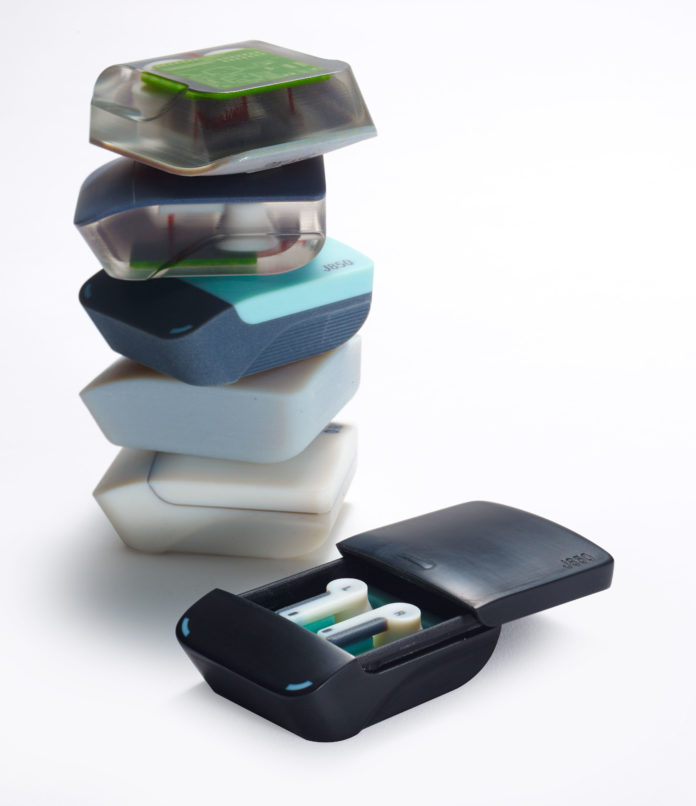One company that has perfectly succeeded in convincing with full color and multi-material 3D printing is Stratasys. The FDM & PolyJet technology specialist adds another solution to its portfolio: the J850™ 3D Printer.
Designed to boost speed, the new family member can produce concept models twice as fast as previous J-Series systems. The new system delivers seven-material capacity and enables designers to benefit from transparency and flexibility combinations in the production of one component.
According to the manufacturer, given the speed of the printing process, designers would now have more time for part refinement. “Stratasys PolyJet technology gives designers endless possibilities. With this solution, there’s no need to add or switch technologies throughout the design process,” said Alex Padwa, Founder of Padwa Design, an industrial design studio that creates solutions for consumer goods, high technology, and the household. “We can immediately achieve the exact design intent we have in mind – and bring it to life in our hands instantly. The J850 is truly designed for designers.”
A wide range of new materials
Next to this launch, Stratasys also introduces a wide range of advanced materials: two PolyJet materials on the one hand, and several new durable, temperature and chemical resistant FDM® thermoplastics.
The VeroUltraClear™ and the DraftGrey™ are the two new PolyJet materials. Ideal for those who are looking for high clarity and detailed models, the VeroUltraClear™ material enables designers to visualize internal features and create concept models that verify the design of clear parts. As for the DraftGrey™, it is a low-cost material that allows affordable iterations in the beginning of the design process.
The new thermoplastics on the other hand are designed to handle the requirements of manufacturing applications across demanding industries and other industries. These materials are Antero™ 840CN03 for the Stratasys Fortus® F900™ 3D printer, as well as Diran™ 410MF07 and ABS-ESD7™ for the Stratasys F370™ 3D printer.
The first FDM thermoplastic will certainly make you reminder the Antero 800NA, unveiled last year. Both materials have the ability to withstand chemical and high temperatures environments. However, unlike the Antero 800NA, the Antero 840CN03 PEKK integrates ultra-low outgassing and exceptional wear properties as well as the Kepstan® PEKK technology from Arkema, a technology that has already been leveraged to produce KIMYA PEKK-A. Anyway, the new Antero allows for the production of highly customized tooling and parts with consistent electrostatic discharge (ESD) performance.
Intended for highly durable tooling applications, Diran is a nylon-based material formulated by Stratasys and compatible with the manufacturer’s F370 printer. The new FDM thermoplastic gives operators extreme toughness and low friction – combined with resistance to hydrocarbon-based chemicals and a smooth surface to offer low sliding resistance. Diran’s toughness is able to withstand the rough handling of tools often common in a manufacturing setting.
The ABS-ESD7 thermoplastic, previously only available on the Stratasys Fortus printers, is built for static-sensitive applications to prevent discharge or attraction to other materials like powders, dust and fine particles. Its utilization on the Stratasys F370 3D printer enables operators to capitalize on prototyping and production requirements for low cost and highly customizable parts.
You can now post free of charge job opportunities in the AM Industry on 3D ADEPT Media. For further information about 3D Printing, follow us on our social networks and subscribe to our newsletter : Facebook, Twitter, LinkedIn & Instagram !Would you like to be featured in the next issue of our digital magazine? Send us an email at contact@3dadept.com


